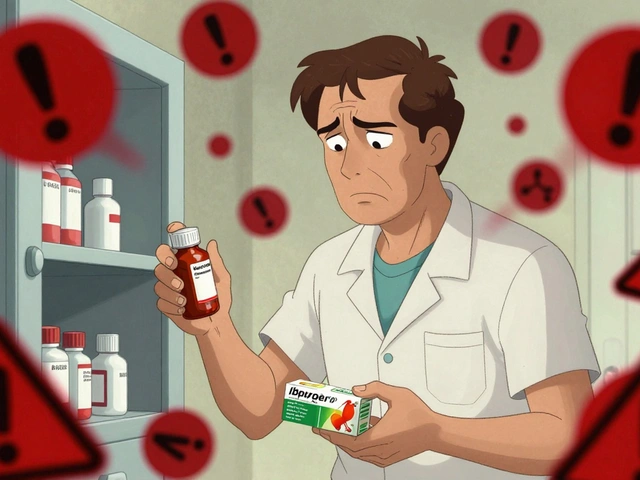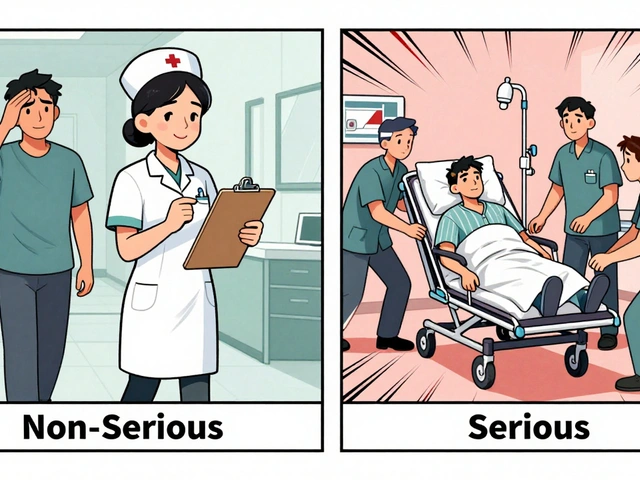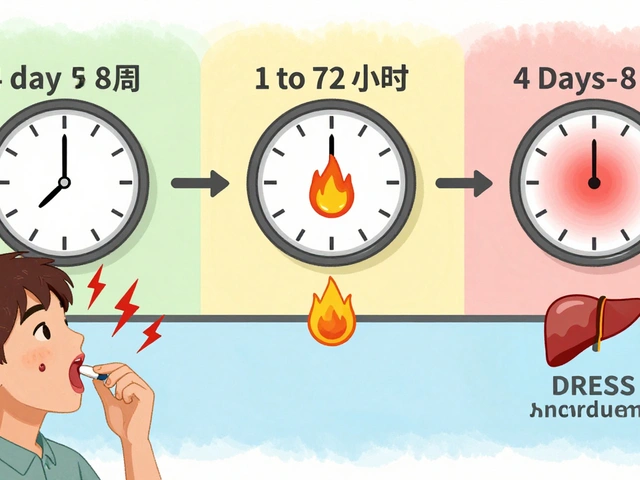BPH treatment
Benign prostatic hyperplasia (BPH) causes urinary problems for many men as they age. Want fewer trips to the bathroom at night? Treatment choices range from simple lifestyle steps to medicines and procedures. Each option has pros and cons, so knowing what to expect helps you pick the right path with your doctor.
First-line steps often include lifestyle changes. Cut back on caffeine and alcohol, especially in the evening. Timed voiding—going to the bathroom on a schedule—can reduce urgency. Pelvic floor exercises can help control leaking and urgency. These measures won’t shrink the prostate, but they often improve symptoms and let you delay medicines or procedures.
Medications split into two main groups. Alpha blockers like tamsulosin and alfuzosin relax the prostate and bladder neck to improve urine flow. Effects appear within days to weeks and medicines are usually once a day. Side effects can include dizziness, low blood pressure, and ejaculatory changes. 5-alpha-reductase inhibitors such as finasteride and dutasteride shrink prostate tissue slowly; they take months to work but reduce long-term risk of needing surgery. Sexual side effects occur in some men with these drugs.
Minimally invasive and surgical options
If medicines don’t help, several procedures are available. Transurethral resection of the prostate (TURP) remains a common surgery that removes obstructing tissue and gives reliable symptom relief. Recovery includes a short hospital stay and temporary catheter use. Newer options include UroLift, which lifts and holds prostate tissue away from the urethra, and Rezum, which uses steam to shrink tissue. These tend to have faster recovery and lower sexual side effects but may not suit very large prostates.
Prostate artery embolization is an image-guided procedure done by interventional radiologists to shrink the gland. Laser enucleation removes tissue with less bleeding and is a good option for bigger prostates. Each procedure has trade-offs in effectiveness, recovery time, and side effects — ask about likely outcomes for your prostate size and symptoms.
When to see help now
Call your doctor or go to the ER for sudden inability to urinate, fever with urinary problems, heavy blood in urine, or severe pain. These are red flags that need urgent care. If you start medication, expect follow-up visits to check symptom scores, urinary flow, and sometimes PSA blood tests. If you plan future prostate cancer screening, tell your provider if you take 5-alpha-reductase inhibitors — they alter PSA levels.
Combination therapy (an alpha blocker plus a 5-alpha-reductase inhibitor) is common when symptoms are significant and the prostate is enlarged. Shared decision making matters: discuss goals like preserving sexual function, speed of relief, recovery time, and risk of needing surgery later. Your age, prostate size, other health conditions, and personal priorities should guide the choice.
Want practical next steps? Track symptoms with a simple bladder diary for a week, list medicines and supplements you take, and bring that to your appointment. Ask your clinician about expected benefits, side effects, recovery time, and costs. With clear goals and good follow-up, most men find a BPH treatment that restores better sleep and daily comfort.
Now.

The Future of BPH Treatment: Will Alfuzosin Still Be Relevant?
Benign Prostatic Hyperplasia (BPH) is a common condition affecting older men, causing urinary problems. Alfuzosin has been a go-to medication for easing these symptoms, but with rapid advancements in medical technology, its future relevance is in question. Exploring cutting-edge treatments and innovations could redefine how BPH is managed. Will alfuzosin continue to hold its ground, or will new therapies take the lead?
View More




